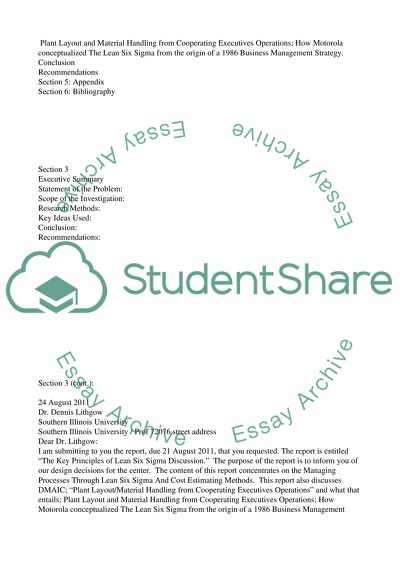Cite this document
(“Managing Processes Through Lean Six Sigma And Cost Estimating Methods Research Paper”, n.d.)
Retrieved de https://studentshare.org/engineering-and-construction/1390833-managing-processes-through-lean-six-sigma-and-cost
Retrieved de https://studentshare.org/engineering-and-construction/1390833-managing-processes-through-lean-six-sigma-and-cost
(Managing Processes Through Lean Six Sigma And Cost Estimating Methods Research Paper)
https://studentshare.org/engineering-and-construction/1390833-managing-processes-through-lean-six-sigma-and-cost.
https://studentshare.org/engineering-and-construction/1390833-managing-processes-through-lean-six-sigma-and-cost.
“Managing Processes Through Lean Six Sigma And Cost Estimating Methods Research Paper”, n.d. https://studentshare.org/engineering-and-construction/1390833-managing-processes-through-lean-six-sigma-and-cost.


